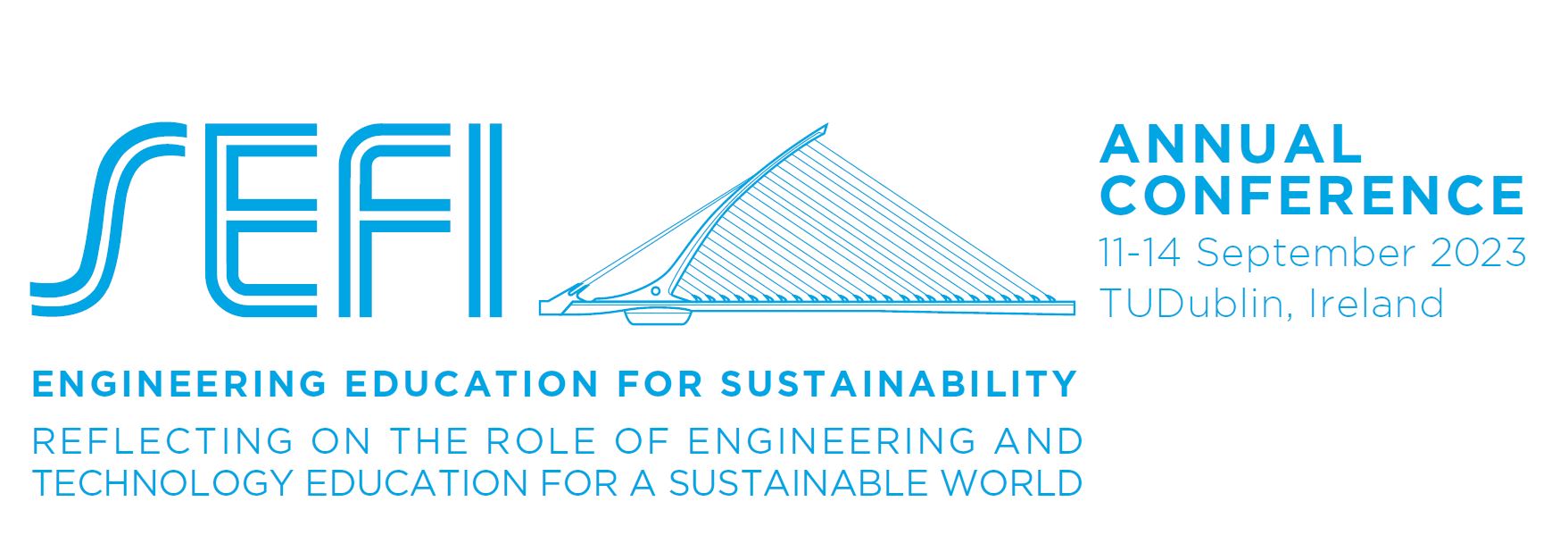
Research Papers
Achieving Strong Chemical Interface and Superior Energy-Saving Capability at the Crosslinks of Rubber Composites Containing Graphene Oxide Using Thiol-Vinyl Click Chemistry
https://www.sciencedirect.com/science/article/pii/S0266353822006492
Rui Zhang, Jiaye Li, Zongchao Xu, Stephen Jerrams, Shui Hu, Li Liu, Shipeng Wen, Liqun Zhang, Achieving strong chemical interface and superior energy-saving capability at the crosslinks of rubber composites containing graphene oxide using thiol-vinyl click chemistry, Composites Science and Technology, Volume 233, 2023,
https://doi.org/10.1016/j.compscitech.2022.109907
Abstract
Rapidly developments in international transportation inevitably lead to an increase in the consumption of energy and resources. Minimizing the rolling resistance of tires in this scenario is a pressing challenge. To lower the rolling resistance of tires, enhancing the interaction between fillers and rubber molecules while improving the dispersion of fillers are required to reduce the internal mutual friction and viscous loss of rubber composites. In this study, graphene oxide (GO) was modified using γ-mercaptopropyltrimethoxysilane (MPTMS) with thiol groups. A modified GO/natural rubber (MGO/NR) masterbatch with a fine dispersion of MGO was then introduced into solution-polymerized styrene butadiene rubber (SSBR) to create an MGO/SiO2/SSBR composite. During the crosslinking process at high temperatures, a strong chemical interface interaction between the MGO and rubber molecules was formed by the thiol-vinyl click reaction. The MGO sheets also act as crosslinks to enhance the crosslinking network. The results showed that the rolling resistance of the MGO SiO2/SSBR composite was superior by 19.4% and the energy loss was reduced by 15.7% compared with that of the base SiO2/SSBR composite. Strikingly, the wear performance and wet skid resistance improved by 19% and 17.3%, respectively. These results showed a strong interface that not only improved rolling resistance performance but also contributed to balancing the “magic triangle” (the combination of wear resistance, fuel efficiency, and traction) properties of tires.

